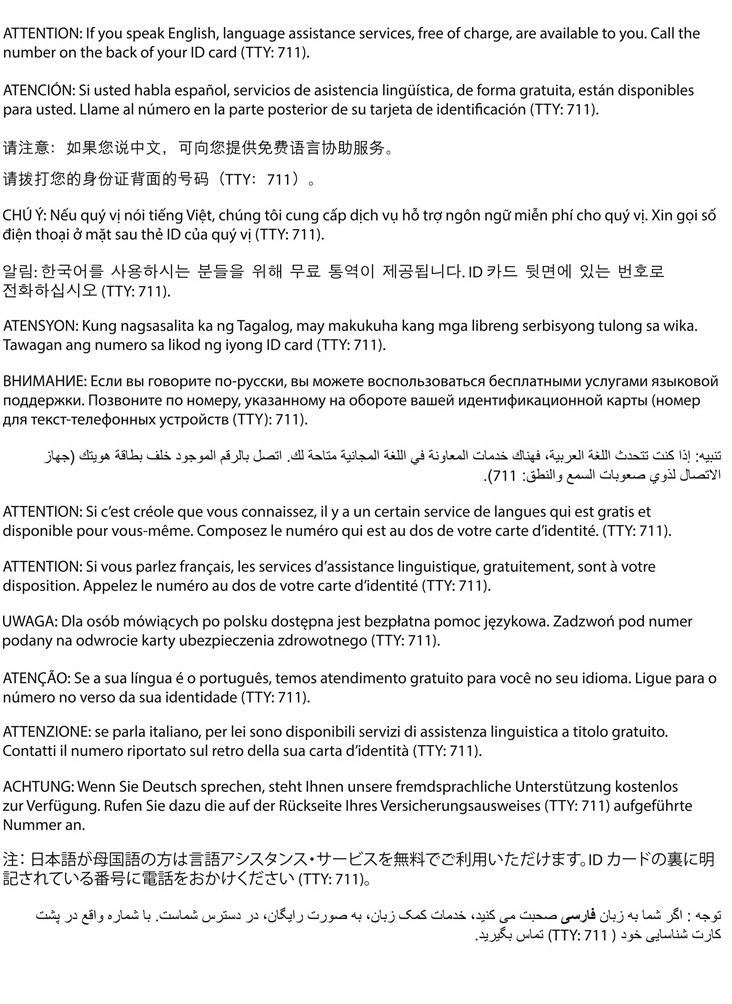| Highmark Commercial Medical Policy - Pennsylvania |
| Medical Policy: | S-240-005 |
| Topic: | Trigger Point Injections |
| Section: | Surgery |
| Effective Date: | October 1, 2016 |
| Issue Date: | June 25, 2018 |
| Last Reviewed: | June 2018 |
Trigger points are small, circumscribed, hyperirritable foci in muscles, often found within a firm or taut band of skeletal muscle. Frequently affected sites include the trapezius, supraspinatus, infraspinatus, teres major, lumbar paraspinals, gluteus and pectoralis muscles. The diagnosis is clinical and depends upon the results of a detailed history and a thorough directed exam. There is no laboratory or imaging test to establish the diagnosis of trigger point pain. Myofascial pain syndrome is a regional painful muscle condition with a relationship between a specific trigger point and its associated pain region. When myofascial pain syndrome is suspected, injections of local anesthetics with or without steroid into the identified trigger points have been used for myofascial pain management for many years within the medical community. |
This policy is designed to address medical guidelines that are appropriate for the majority of individuals with a particular disease, illness, or condition. Each person's unique clinical circumstances may warrant individual consideration, based on review of applicable medical records.
| Policy Position Coverage is subject to the specific terms of the member’s benefit plan. |
Trigger point injections (TPI) with a local anesthetic with or without steroid may be considered medically necessary when ALL of the following general and specific criteria are met:
General criteria
Specific criteria
Trigger point injections (TPI) with a local anesthetic with or without steroid may be considered medically necessary for the treatment of pain associated with fibromyalgia when ALL of the American College of Rheumatology diagnostic criteria for fibromyalgia are met. These are:
TPI Schedule
The following schedule for trigger point injections may be considered medically necessary when the previous criteria are met:
Trigger point injections are considered not medically necessary in the presence of:
"Dry needling" trigger point stimulation is considered not medically necessary.
When ultrasound guidance (76942) is reported in conjunction with trigger point injections (20552 or 20553), only one (1) unit of service will be reimbursed per date of service regardless of the number of trigger points injections performed.
| Place of Service: Outpatient |
A trigger point injection is typically an outpatient procedure which is only eligible for coverage as an inpatient procedure in special circumstances, including, but not limited to, the presence of a co-morbid condition that would require monitoring in a more controlled environment such as the inpatient setting.
| The policy position applies to all commercial lines of business |
| Denial Statements |
Services that do not meet the criteria of this policy will not be considered medically necessary. A network provider cannot bill the member for the denied service unless: (a) the provider has given advance written notice, informing the member that the service may be deemed not medically necessary; (b) the member is provided with an estimate of the cost; and (c) the member agrees in writing to assume financial responsibility in advance of receiving the service. The signed agreement must be maintained in the provider’s records.
| Links |
06/2015, Dry Needling of Trigger Point Injections Not Medically Necessary
06/2015, Ultrasound Guidance Reported With Trigger Point Injections
